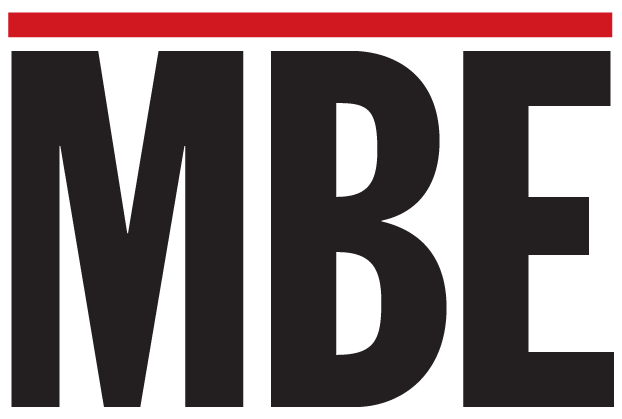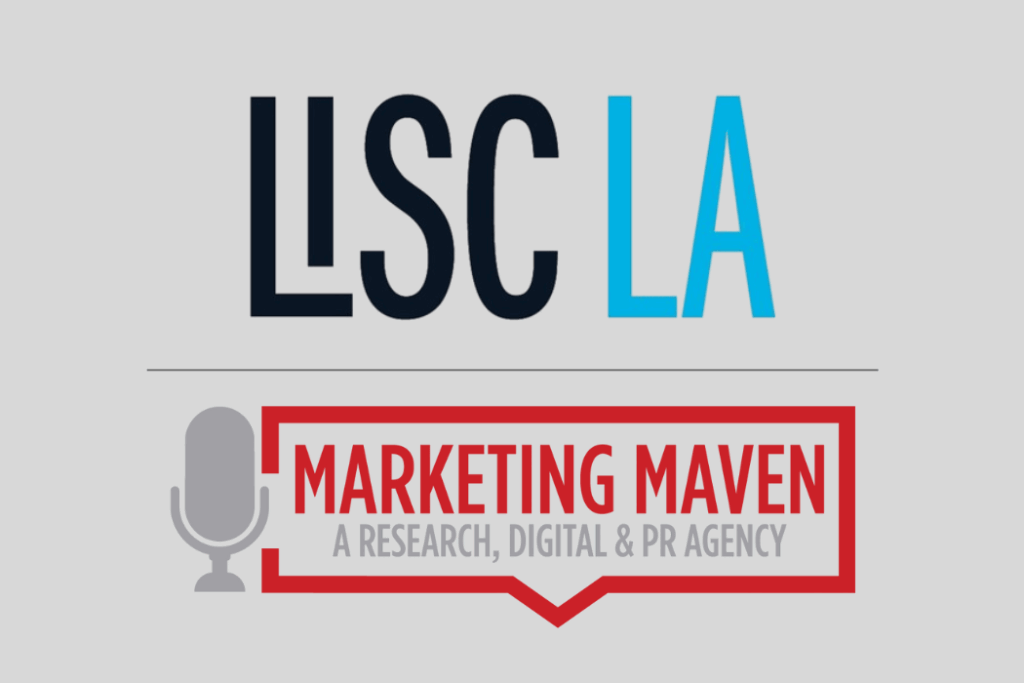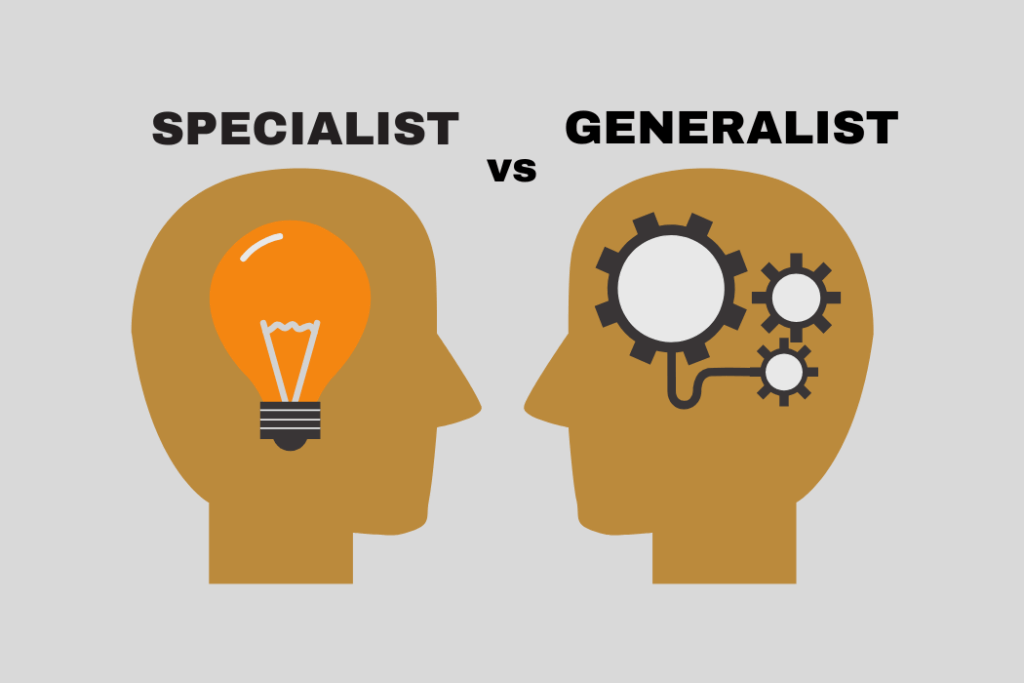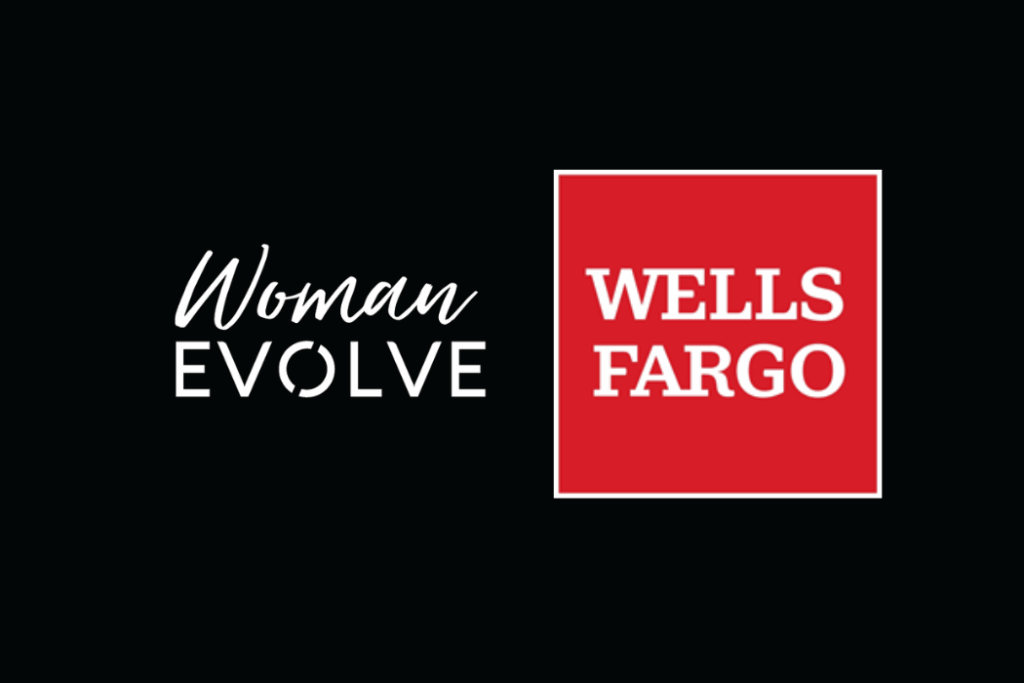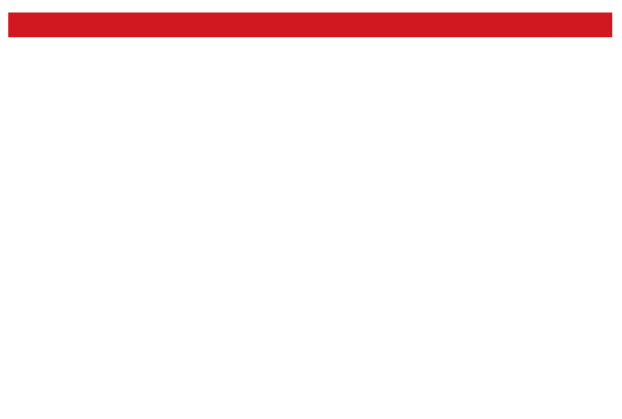
Owning property can be a groundbreaking move for business owners. They can offer long-term stability and greater control over operations. However, traditional routes like bank loans aren’t always practical.
Fortunately, there are different innovative approaches that can help you move from renter to owner. Let’s talk about each one.
1. Buy Through a Self-Directed Retirement Account (SDIRA)
One of the lesser-known strategies for acquiring property is using a Self-Directed IRA (SDIRA) or Solo 401(k) to purchase real estate. With SDIRAs, you have the flexibility to invest in alternative assets.
Here’s how it works: Your SDIRA (or Solo 401(k)) becomes the official owner of the property. All income, such as rental payments or profits from a future sale, goes directly back into the retirement account. This is tax-deferred if traditional, or tax-free if Roth. You can’t live in the property, use it for your business, or personally benefit from it until retirement, but your nest egg grows quietly in the background.
Best for: Business owners with robust retirement funds who want to diversify their portfolio
Why it’s creative: Turns retirement savings into an active real estate investment vehicle, compounding growth without triggering personal income tax.
2. Lease-to-Own Agreements
Lease-to-own agreements are another flexible and strategic way for business owners to step into property ownership without needing to qualify for a traditional mortgage right away. These agreements typically allow you to rent a property with the option to buy it later. A portion of your monthly rent is credited toward the eventual down payment or purchase price.
If you’re having a hard time securing capital, this option helps reduce upfront investment while still allowing you to build equity over time.
Best for: Business owners with strong cash flow but limited credit history or available capital
Why it’s creative: Offers a path to ownership with minimal upfront investment, lower risk, and the ability to secure today’s price in tomorrow’s market
3. Form a Real Estate Holding Company (LLC or S-Corp)
A smart and strategic path to ownership is to purchase property through a real estate holding company. You can do so through something typically structured as an LLC or S-Corp. Instead of your operating business owning the property directly, it rents from the holding entity (which you also own). This creates a clear legal and financial separation between your business operations and your real estate investment.
Best for: Business owners focused on asset protection, tax planning, and long-term wealth building
Why it’s creative: Turns a business expense (rent) into a personal gain, while building equity through a separate, protected entity
4. Partner with Investors or Other Business Owners
Teaming up with another entrepreneur or investor can open doors that may feel out of reach on your own. Forming a partnership can help you co-own a commercial property while lowering your financial barrier to entry. It also spreads out the risk, which is especially helpful if you’re still growing your business or want to conserve working capital.
Best for: Business owners with limited capital, or those looking to share risk and resources
Why it’s creative: Combines business goals with real estate investment to build shared equity and create vibrant, collaborative spaces
5. Seller Financing
Seller financing, sometimes called owner financing, flips the traditional lending model on its head. Instead of working with a bank or mortgage lender, you negotiate directly with the property’s seller, who essentially acts as the lender. You agree on a purchase price, interest rate, and repayment schedule. Then, you make monthly payments directly to the seller.
Best for: Business owners with unconventional income, poor credit, or a need for faster closings
Why it’s creative: Skips the bank entirely and opens the door to negotiable, tailor-made terms
6. Buy a Multi-Unit Property and House Your Business
If you’re looking for a way to build equity while keeping overhead low, consider buying a multi-unit or mixed-use property and setting up shop in one of the units. It’s a strategy that enables you to run your business out of one unit and rent out the rest to generate passive income.
Best for: Business owners in retail, wellness, creative services, or anyone wanting to mix work with investment
Why it’s creative: Uses real estate to subsidize your workspace, while building long-term wealth through equity and rental income
7. Consider Manufactured or Mobile Properties
For entrepreneurs prioritizing flexibility and low overhead, manufactured or mobile homes can offer a surprising advantage. They provide a functional space for operations while preserving cash flow and offering future mobility if needed. If you’re considering this setup, it’s worth understanding the installation process and any requirements in your area. These homes or office units can be placed on owned or leased land and often require far less upfront capital than conventional buildings. They’re appealing in regions with mixed-use or relaxed zoning regulations.
Best for: Solo business owners, startups, or rural-based operations
Why it’s creative: Combines affordability and adaptability, perfect for lean growth strategies
The Bottom Line
When it comes to owning property as a business owner, it won’t be the same journey for everyone. The creative strategies above give you the power to build equity on your own terms.
The key is to find the path that aligns with your financial situation, business model, and long-term vision. So if you’ve been dreaming of calling the shots from a space you own, now’s the time to think outside the box and take that first step toward ownership.
